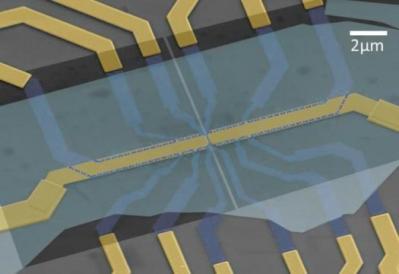Graphene-Info readers get a 20% discount for China's upcoming Printed and Flexible electronics conference
On January 11-13 Shanghai will host the annual Printed and Flexible Electronics China conference, organized by Demand-LED. This event aims to bring together industry professionals for a chance to be updated on the latest printed electronics advances, while getting a chance to network with industry leaders in China - and globally.

The event focuses on several topics (or tracks), and these include graphene, energy harvesting and storage, printed sensors, OLEDs, quantum dots, wearables and more. Demand-LED were kind enough to offer a 20% discount for Graphene-Info readers - and this applies both to visitors and exhibitors. Contact us for more information on how to get this special discount.







